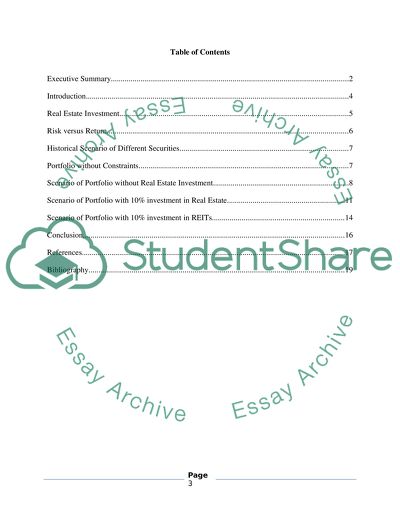Cite this document
(Portfolio Risk Management Term Paper Example | Topics and Well Written Essays - 2250 words, n.d.)
Portfolio Risk Management Term Paper Example | Topics and Well Written Essays - 2250 words. Retrieved from https://studentshare.org/finance-accounting/1684481-portfolio-risk-management
Portfolio Risk Management Term Paper Example | Topics and Well Written Essays - 2250 words. Retrieved from https://studentshare.org/finance-accounting/1684481-portfolio-risk-management
(Portfolio Risk Management Term Paper Example | Topics and Well Written Essays - 2250 Words)
Portfolio Risk Management Term Paper Example | Topics and Well Written Essays - 2250 Words. https://studentshare.org/finance-accounting/1684481-portfolio-risk-management.
Portfolio Risk Management Term Paper Example | Topics and Well Written Essays - 2250 Words. https://studentshare.org/finance-accounting/1684481-portfolio-risk-management.
“Portfolio Risk Management Term Paper Example | Topics and Well Written Essays - 2250 Words”, n.d. https://studentshare.org/finance-accounting/1684481-portfolio-risk-management.


